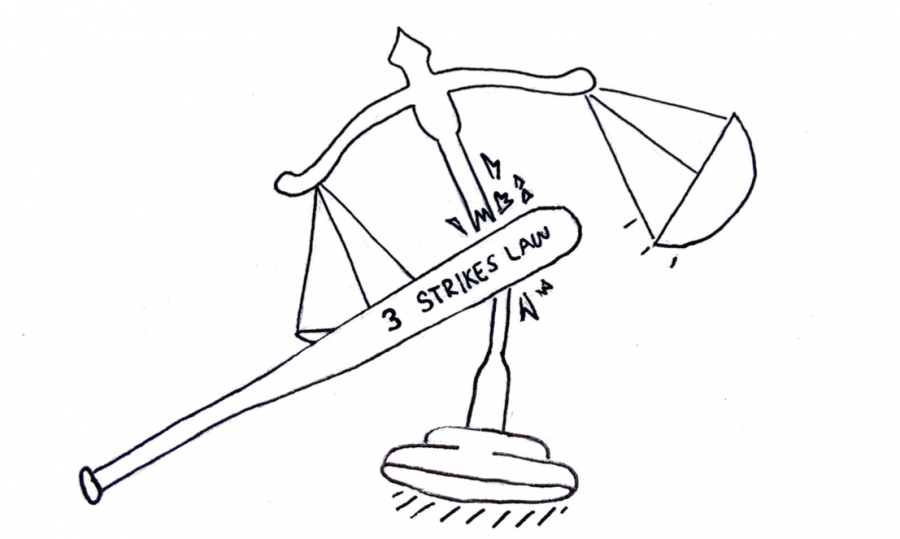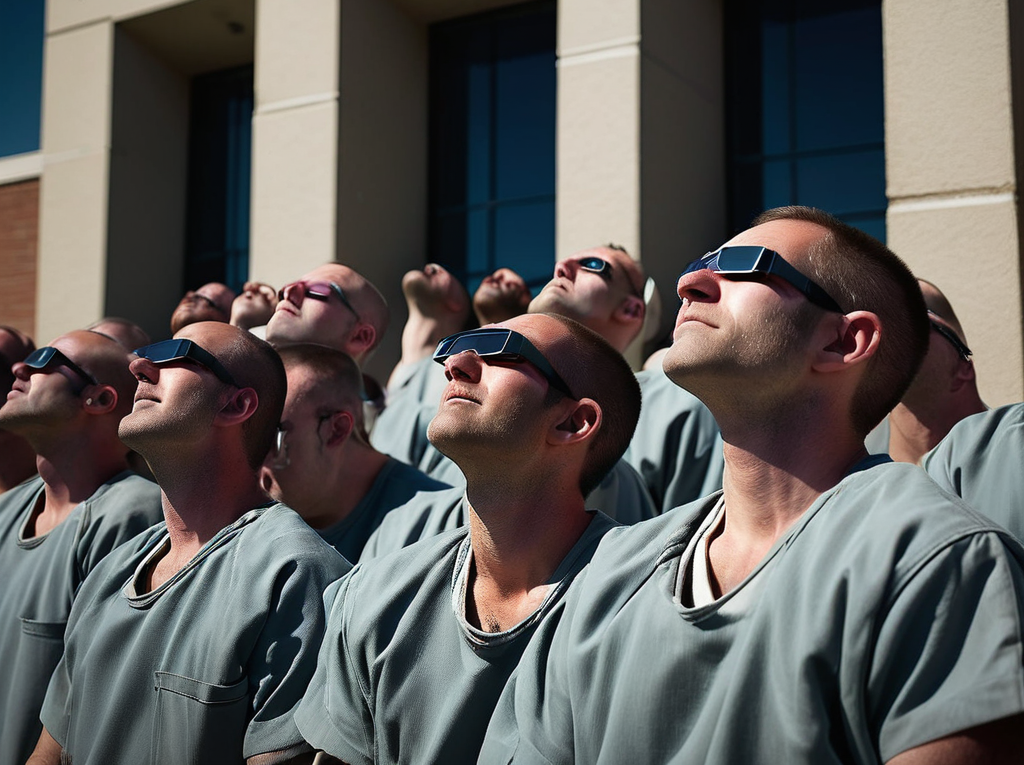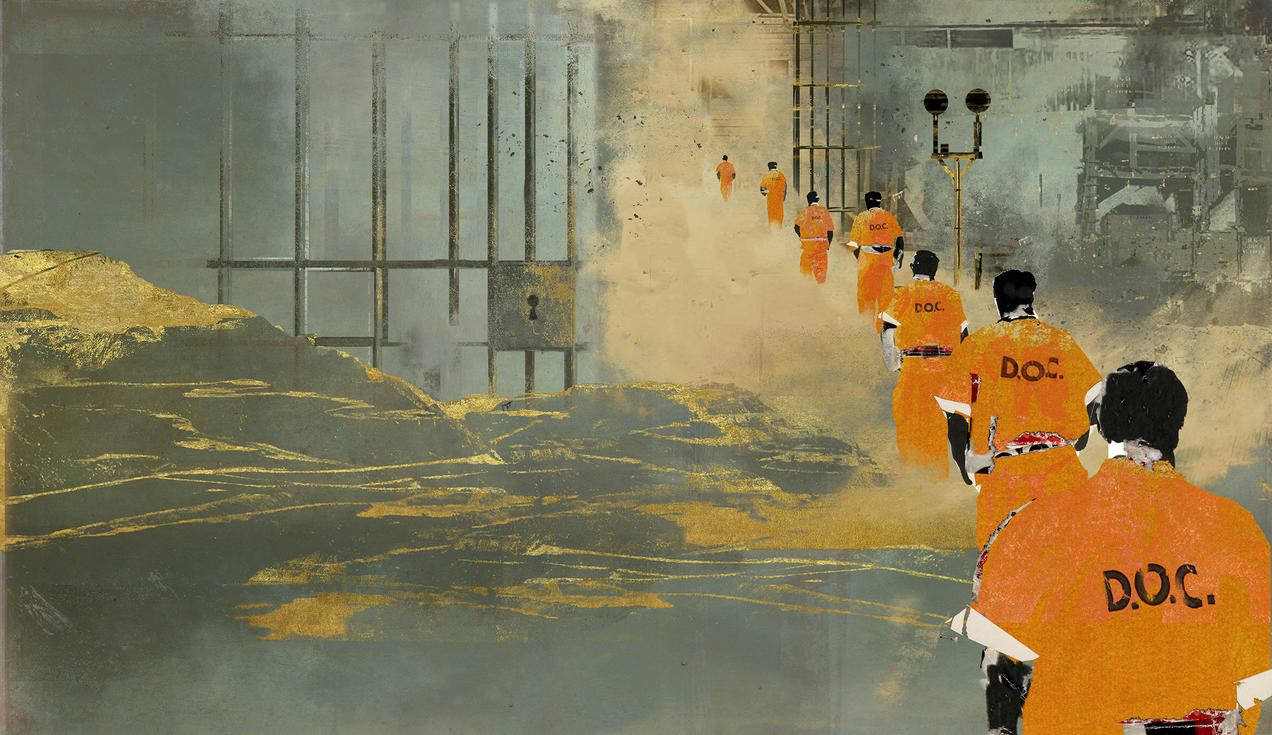
Photo credit: Bob Jagendorf / Flickr (CC BY-NC 2.0)
The US has the highest incarceration rates in the developed world. A (rather grim) new study by JAMA Network Open shows that incarceration has long-term negative effects on health and mortality. People who were incarcerated in 2008 had a 39% higher risk of dying and more than three times the risk of dying from an overdose by 2019 than people who weren’t.
And the risk of incarceration doesn’t just affect the people inside. Researchers also found that county incarceration rates were associated with increased all-cause mortality risks for nonincarcerated residents.
THE STUDY’S DESIGN, SETTING & PARTICIPANTS
This cohort study used data from the Mortality Disparities in American Communities (MDAC) study, linking over 3 million 2008 American Community Survey (ACS) respondents to National Death Index data from the respondents’ 2008 interview date through December 31, 2019, or their date of death, and county incarceration data from the Vera Institute of Justice. The sample included US adults 18 years or older, representing individuals in group quarters such as prisons and jails but excluding those in counties lacking jail incarceration rate data. Data were analyzed from July 5, 2023, to November 10, 2024.
RESULTS
The study includes a total of 3 255 000 individuals (51.3% female), of whom 45 000 (0.93%) were incarcerated at the time of the 2008 ACS administration. The mean (SD) county jail incarceration rate was 372 (358) per 100 000 people. During the study period, 431 000 individuals (11.6%) died from any cause, and 5500 (0.2%) died from overdoses. Incarcerated individuals had a higher risk of all-cause mortality (hazard rate [HR], 1.39 [95% CI, 1.33-1.45]) and an increased risk of overdose mortality (HR, 3.08 [95% CI, 2.70-3.52]) compared with nonincarcerated individuals. A 10% increase in county jail incarceration rates was associated with 4.6 (95% CI, 3.8-5.5) additional all-cause deaths per 100 000 people.
CONCLUSIONS & RELEVANCE
The results showed how urgently improved health care during and after incarceration is needed. Furthermore, JAMA Network specifically pointed to community-based primary care as a potential solution:
“Individuals who were incarcerated faced significantly higher risks of death, particularly from overdoses, and elevated county incarceration rates exacerbated individual-level mortality risks. These findings suggest the need for reforms in criminal justice and public health policies to address these elevated risks and their widespread implications.” ~JAMA Network
Being jailed and/or imprisoned negatively impacts one’s health and mortality. Please contact my office if you, a friend or family member are charged with a crime. Hiring an effective and competent defense attorney is the first and best step toward justice.
















